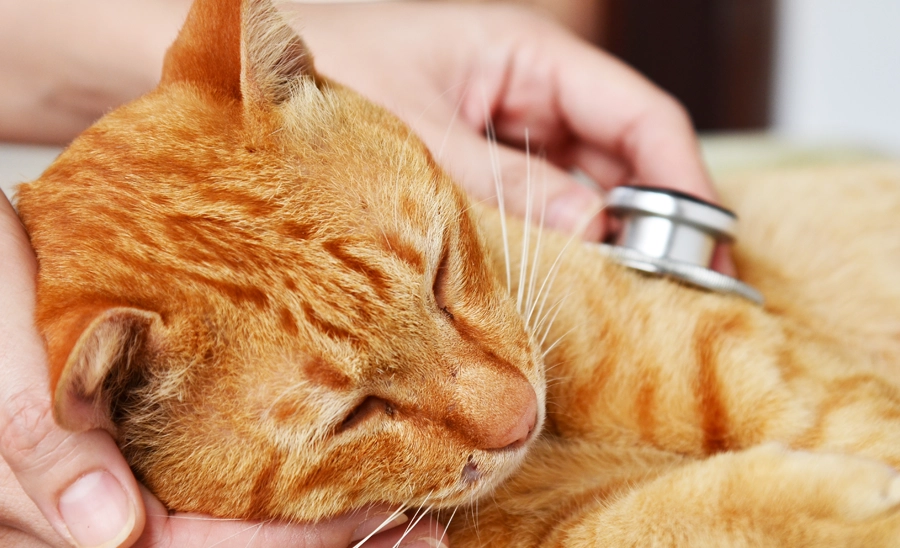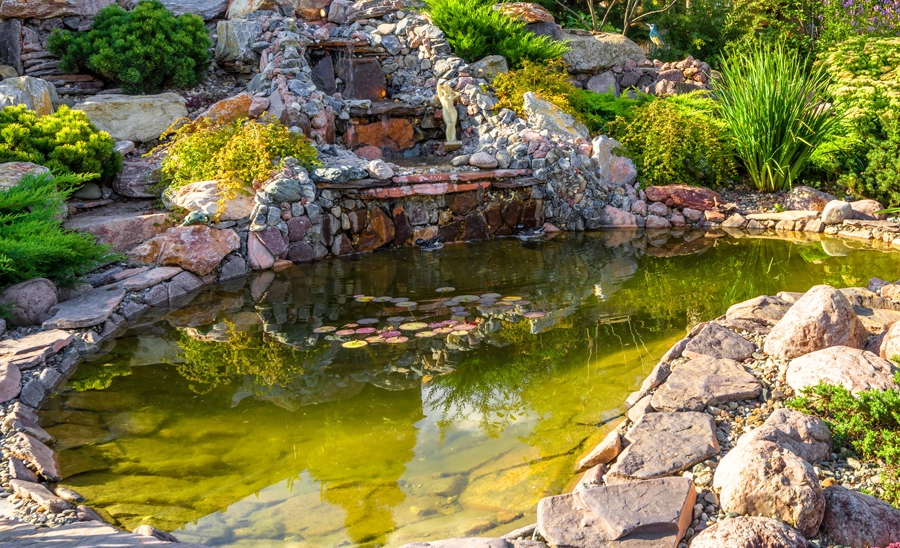
Have you decided to keep a rabbit as a pet? Great!
Rabbits can make wonderful companions, but before you bring your new bunny home, there are a few things you should know about the ideal set-up.
The Hutch
Firstly, the hutch that your bunny will make their home is recommended to be made from wood, with wire sides so your rabbit can see out and have good air flow but also be protected from extreme temperatures. If you prefer a solely wired cage, be sure to purchase a box or a spot that your bunny can hide in for when they want rest or to feel safe and secure.
When it comes to the size of the hutch for your rabbit, it’s important to know that it is not a ‘one size fits all’ approach. Different breeds of rabbit vary largely in size, so as a general rule, consider a hutch that is tall enough for you bunny to sit up on their back legs (consider growth for baby rabbits) and long enough that they can bounce around comfortably (roughly 1.5m or bigger).
Ensure the base of the hutch is solid so as to be comfortable for your rabbit to sit and stand on for long periods (think of your bare feet standing on wire mesh or unsecured flooring when thinking of the type of base you think is best).
Where to put it
It’s recommended to keep your rabbit inside as it’s better protected from the weather and predators. If this is not possible then you should be sure to have strong fencing around the hutch and plenty of bedding, hidey holes, and room for your bunny to stay safe, warm in Winter and cool in the Summer. Alternatively, moving the hutch inside and outside during peak weather seasons (Summer and Winter) would be more ideal then having a hutch permanently outside.
Inside the house it is best practice to keep the hutch located in a room with good ventilation and natural but not direct light. Rabbits are easily frightened by loud noises and sudden movement so be sure to place the hutch in a space that is avoidant of these stresses.
It is also important to give your bunny some space to roam around. If there is no room to give them free range space then you will need to let your rabbit out regularly to get some exercise and play (although be sure this is supervised as rabbits love chewing on cords, small objects, and other things).
Inside the hutch
Once you’ve chosen the size and location of your bunny’s hutch, it’s time to think about it’s set up. Make sure the bottom is lined with a nice bedding to protect your rabbit’s paws, this could be straw or hay as it’s nice and soft and safe for your rabbit to eat. Please avoid sawdust if possible as this can hurt their respiratory system if breathed in or ingested.
It’s recommended to clean the bedding out completely once a week and touch clean every other day (removing soggy straw and poop then replacing with clean hay).
As mentioned earlier, it is a good idea to place a box or hidey hole in the hutch for them to sneak away into if they wish. Once you’ve put in a food bowl and water in their hutch it’s time to put in some toys for your bunny to enjoy.
Rabbits are intelligent animals and enjoy playing with enrichment toys such as cardboard tubes that you hide food/treats in, tunnels to run through or hard balls with bells in them. They also love to chew so providing them with some branches (that are rabbit-safe) for them to nibble on is also a good idea. Some cat toys are also great for rabbits so pop over to your local Just For Pets pet store for further advice on the most popular toys that your bunny will appreciate.
The next thing to consider is a litter box. Rabbits can be trained just like cats to use a litter tray, so finding a shallow tray with no top (hood) will be perfect. Be sure to use litter made from recycled paper or wood pellets as other cat litters can be harmful to bunnies. A thin layer of litter and a thin layer of hay is ideal as a lot of rabbits will chew hay and poop at the same time.
Diet
Firstly, it’s important to know that rabbits and guinea pigs do not require the same diet. So, if you decide to care for both then it’s important to be aware of what you’re feeding them.
Rabbits have a basic requirement for energy, protein, vitamins, minerals, and water. Some supermarket rabbit mixes do not meet their full nutritional requirements so it’s important that you provide your bunny with a range of foods.
Hay! Is what should make up 80% of your bunny’s diet as it helps keep their teeth healthy and strong and is full of fibre. An unlimited supply of hay for your pet is ideal so you can ensure you are reaching the majority of their diet. Pellets are a good source of concentrated energy for your pet, however, they only need a small amount (of good quality pellets) to fill their needs.
It’s a good idea to offer your rabbit fresh veggies every day as most vegetables contain the vitamins and minerals that they need. A general rule is 2 cups of leafy greens per 1 kilo of body weight every day. A variety is useful and these may include; broccoli, celery, brussel sprouts, spinach, kale, Asian greens, carrot tops and herbs.
It’s also important to note that fruit does not sit in the same category as vegetables when it comes to your rabbits’ diet. Fruit is considered a ‘treat’ in the bunny world due to the natural sugars and your fluffy friend can become overweight if they eat too much of it. A general rule for fruits is 1-2 tablespoons per day for a rabbit.
Lastly, unlimited fresh water should always be available to your bunny and changed everyday to keep it cool and clean for them to enjoy!
Play time
It’s important to know that exercise and play is just as important for a rabbit like it is for cats and dogs. It helps prevent boredom (which can lead to destructive behaviours and cause stress) and disease and encourages the overall health of your bunny. Spending as little as 30 minutes a day is all it takes for playtime to become beneficial. You can let them roam loose (supervised) or create an adventure course of sorts at home to challenge their abilities. Rabbits can sprint at incredible speeds so be sure to let them roam free in secure surroundings.
Considering adoption?
If you’re considering saving a life and adopting a bunny rabbit, there are some great groups around Australia that offer lots of help on housing you with the right bunny in your home. Rabbit Runaway in Victoria are very knowledgeable and are always looking for foster and forever families. There’s also The Rabbit Sanctuary in northern New South Wales who provide wonderful support and advice for those looking for a new furry friend.





